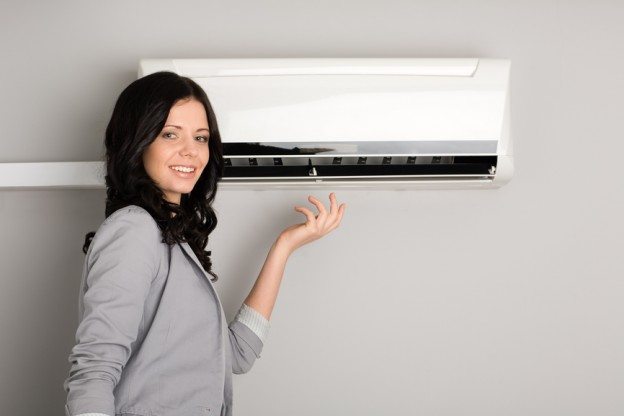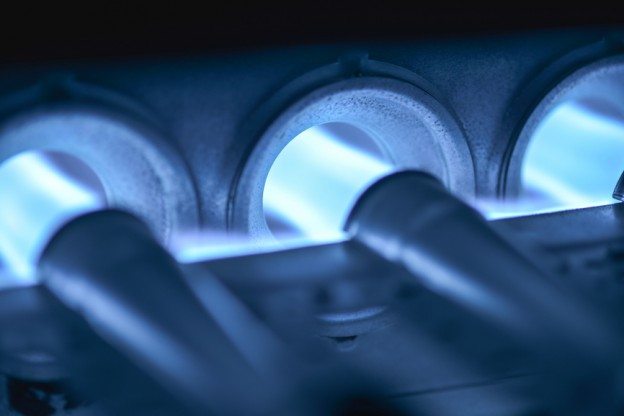Heating and cooling costs can put a real damper on your budget, especially on chilly winter nights or blistering hot summer days. According to the U.S. Department of Energy, heating and cooling eats up more energy and money than any other utility in your home, often comprising almost 50 percent of your monthly bill. Every HVAC system can be optimize and regularly maintained to ensure it’s as efficient as possible. However, homeowners can do more to help their HVAC system save energy.
Before you start putting energy-saving best practices to use, make sure to schedule an inspection for all your appliances, including your HVAC system. This can ensure signs of trouble are spotted and addressed before they get out of control. Plus, it’s often easier and cheaper to repair an appliance rather than replace it (especially if it’s relatively new). You can always splurge on a more energy-efficient model next time, but for now it’s wiser to work with what you’ve got. If you mix HVAC maintenance with a “whole-house approach to saving,” you can shrink your utility bill so that it eats up just 30 percent of your bill instead of 48.
Challenge Accepted
If you’re comfortable with a thermostat set at 75 in the winter, you’ll probably be just as comfortable at 73. You don’t need to suffer and shake from chills, but you also probably don’t need to be wearing shorts and a tank top indoors in the winter (unless you’re in the tropics, of course). Be reasonable with your thermostat, and challenge yourself to turn it down a few degrees. Also make sure that filters are cleaned or replaced in a timely manner, which is usually every month. This is one HVAC maintenance task you can do yourself — just schedule a pop-up reminder and have a stockpile ordered and ready.
Make sure that baseboard heaters, radiators and warm-air registers are clean and not blocked by items like drapes or furniture. During your bi-annual inspection, ask the contractor to remove air that can get trapped in radiators (they can even show you how to do it yourself). Pick up some heat-resistant reflectors and put them in between your radiator and the wall. These little changes add up to big change that you’ll notice in just a couple utility billing cycles.
Forget Lazy Tendencies
Exhaust fans don’t need to be left on more than 20 minutes after bathing or cooking. When it’s time to replace exhaust fans, opt for high-efficiency models. In cooler months, make sure drapes and shades are open on south-end walls to bring in the sun (and warmth), then closed at night to minimize the cold from entering. Summer months call for window coverings to all be closed in the day to keep heat out.
Start saving now on heating and cooling costs and call Sandy Heating & Air Conditioning to schedule your HVAC inspection.



